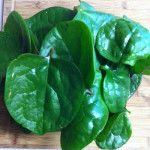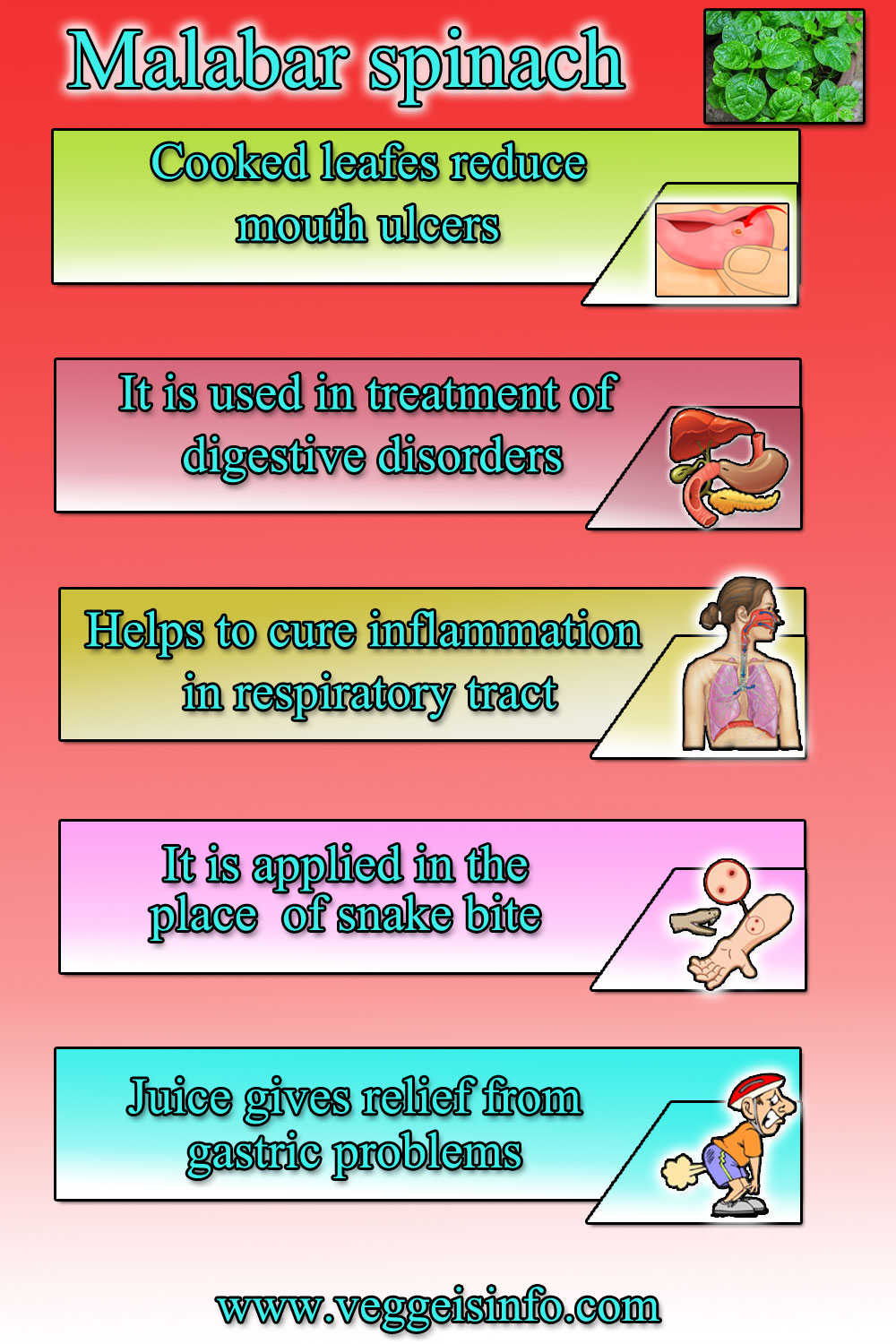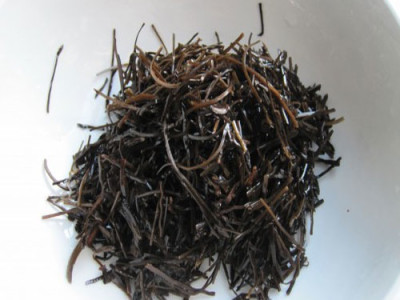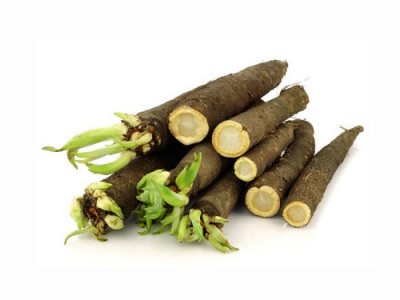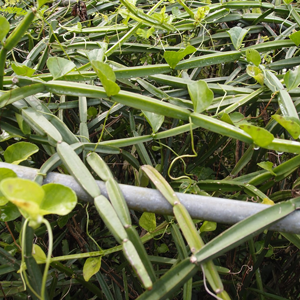
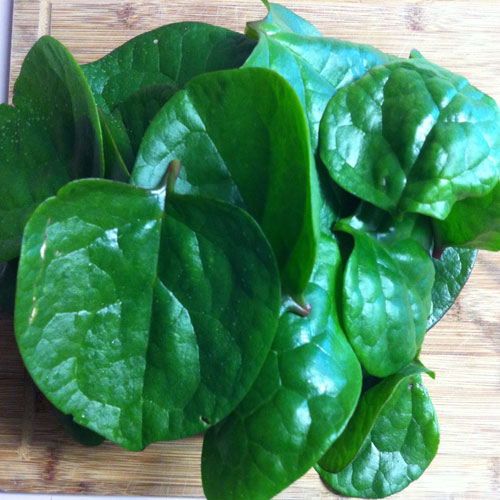
Malabar Spinach Unknown Medicinal Values
Malabar Spinach
Plants and trees lives on its own without depending much on others which is something very unique. They grow immaculately with minimum needs like sunlight, water, carbondioxide and certain minerals. The green substance which is found in the plants is called chlorophyll which traps the energy from the sun for producing food. This topic will deal with a plant named Malabar Spinach which is found abundantly in tropical Asia and Africa where it is used as a leaf vegetable. The botanical name of this plant is Basella alba.
The other common names of the spinach are pui, vine spinach, red vine spinach, climbing spinach, Chinese spinach, creeping spinach, Malabar nighshade buffalo spinach and Ceylon spinach. Malabar spinach is native to the Indian Subcontinent, southeast Asia and New Guinea. It is naturalized in the China, tropical Africa, Brazil, Belize, Colombia, the West Indies, Fiji and French Polynesia. Basella alba grows at rapid speed and reaches a height of 10 m in length. The thick heart shaped leaves have a mild flavor and mucilaginous texture. The color of the stem is reddish-purple. These plants grow wonderfully under full sunlight and humid climates and in areas lower than 500 meters above sea level. This plant prefers sandy loam soil and flowers during the months of November to February.
Various Uses Of Malabar Spinach
- Malabar spinach is rich in vitamin A, vitamin C, iron and calcium.
- Malabar spinach is used for thickening soup.
- Many countries cook this spinach and consume after mixing it with rice.
- Most of the Indian states use this spinach lavishly and call it in different names.
- This spinach is also used in Spain, Thailand, Japan, Philippines and Latin America.
- Malabar spinach is found in many supermarkets in the countries of China, Thailand, India and Vietnam where it is extremely popular.
- Basella is grown in many countries as backyard plant.
- The fresh leaves are rich in anti-oxidants such as carotene, lutein and zea-xanthin.
- Since it is rich in anti-oxidants it is used as a free-radical quencher.
- Malabar spinach has best shelf life. But the leaves should be consumed as quickly as possible.
- The traditional mixture of basella alba and hibiscus macaranthus appears to be effective in improving the testosterone.
- Malabar is not true spinach, but its leaves which form on a vine resembles spinach.
- The stems that are tough to eat can be put back into the soil and re-rooted.
- It is extremely low in claries but is rich in nutrients.
- Leaves infusion can be taken as a substitution for tea.
| Principle | Nutrient Value | Percentage of RDA |
|---|---|---|
| Energy | 19 Kcal | 1% |
| Carbohydrates | 3.40 g | 2.50% |
| Protein | 1.80 g | 3% |
| Total Fat | 0.30 g | 1.50% |
| Cholesterol | 0 mg | 0% |
| Vitamins | ||
| Folates | 140 µg | 35% |
| Niacin | 0.500 mg | 3% |
| Pantothenic acid | 0.053 mg | 1% |
| Pyridoxine | 0.240 mg | 18% |
| Riboflavin | 0.155 mg | 13% |
| Thiamin | 0.050 mg | 4% |
| Vitamin A | 8000 IU | 267% |
| Vitamin C | 102 mg | 170% |
| Electrolytes | ||
| Sodium | 24 mg | 1.50% |
| Potassium | 510 mg | 11% |
| Minerals | ||
| Calcium | 109 mg | 11% |
| Copper | 0.107 mg | 12% |
| Iron | 1.20 mg | 15% |
| Magnesium | 65 mg | 16% |
| Manganese | 0.735 mg | 32% |
| Selenium | 0.8 µg | 1.50% |
| Zinc | 0.43 mg | 4% |
Medicinal Values Of Malabar Spinach
- Malabar spinach is used for the treatment of digestive disorders, high blood pressure, fluid retention, oedema, acute and chronic renal failure, sciatica, kidney stones, lymphatic swelling, glaucoma, liver disorders and many more diseases.
- Malabar spinach leaves causes increased total urine output and increased excretion of sodium, potassium, chloride and bicarbonate levels.
- They also exert significant anti-urolithiatic (against stone) activity by lowering the elevated levels of oxalate, calcium and phosphate in urine, further calcium, creatinine, and uric acid in serum.
- The leaves are also used traditionally in inflammation of respiratory tract, cold, cough due to demulcent action.
- Demulcents are agents that form soothing layer on mucous membrane thus giving relief in pain and inflammation.
- The leaves are squeezed and applied at the place of bite.
- The pregnant women who are suffering from gastric problems can consume the juice made from this leaves and get quick relief from it.
- The cooked vegetable reduces mouth ulcers and constipation.

